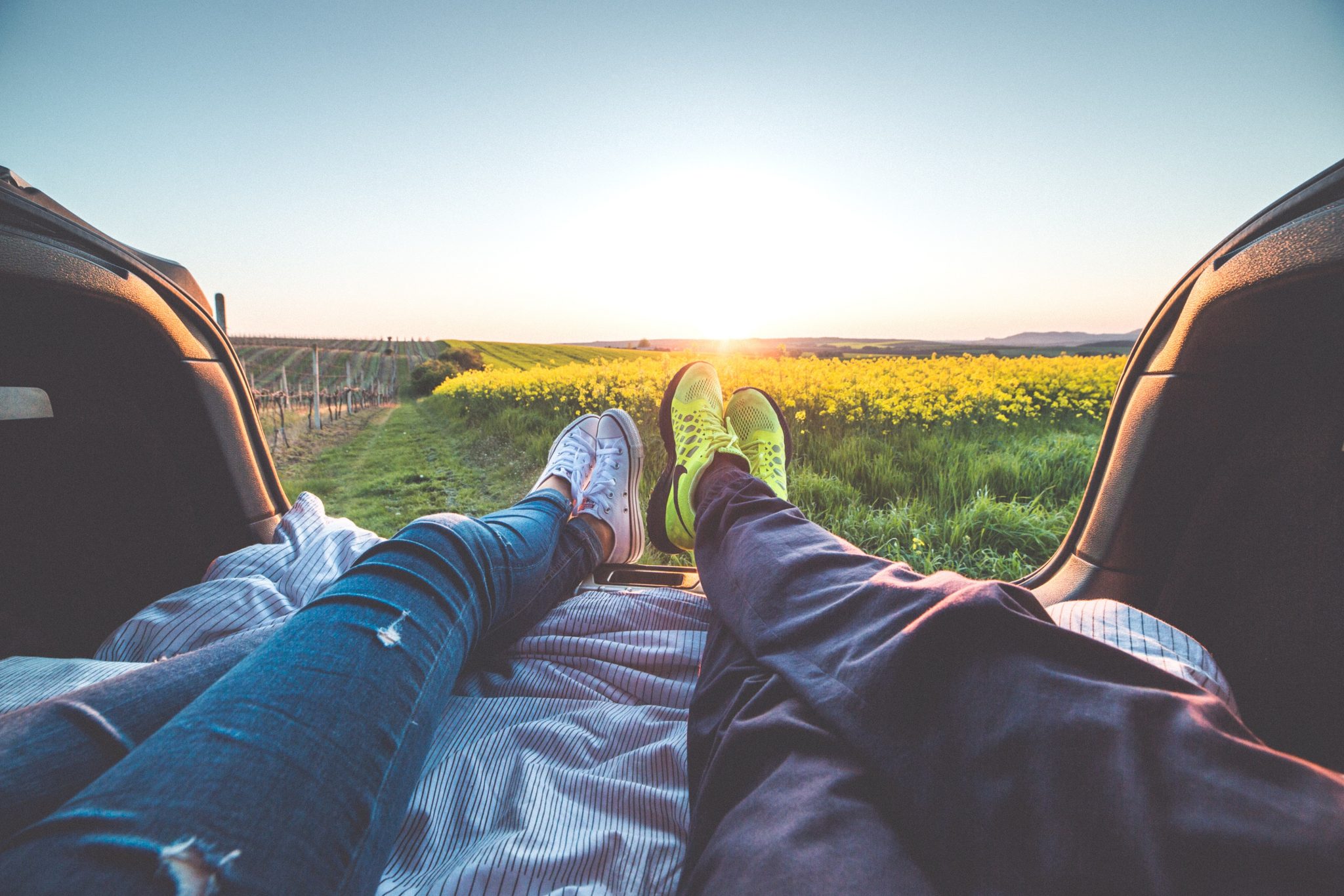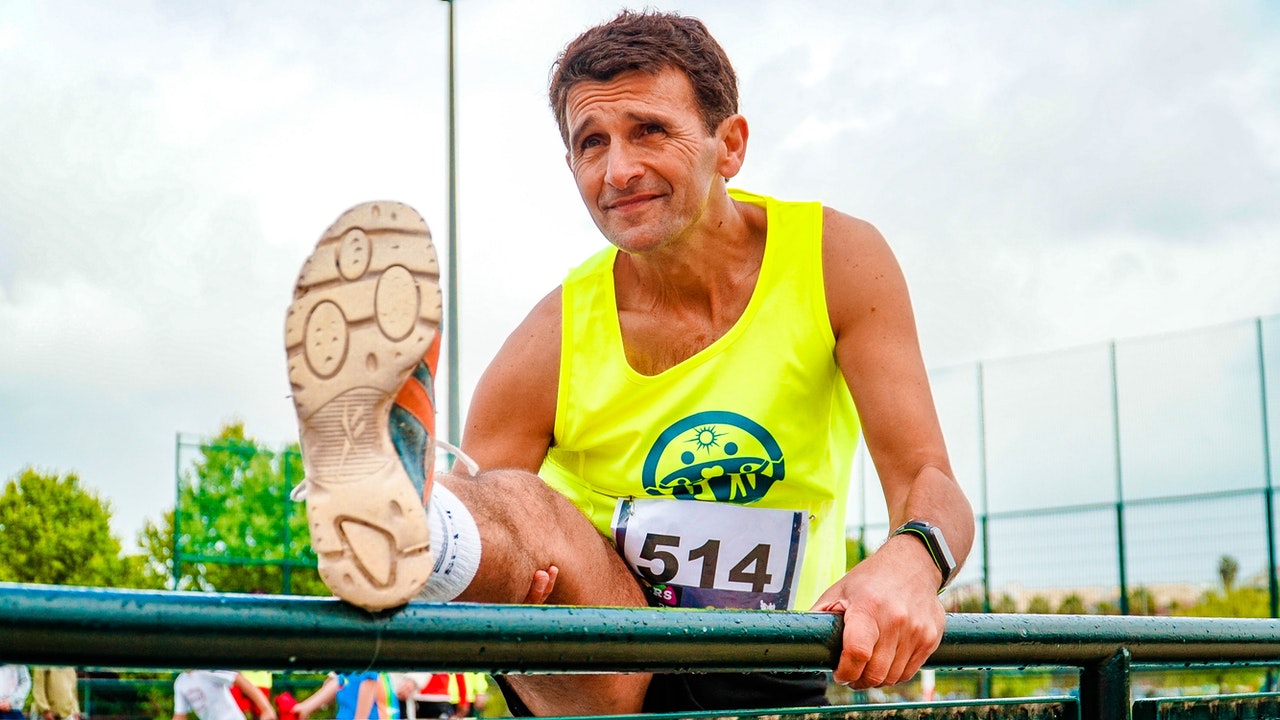Do Varicose Vein Symptoms Worsen During Cold Weather?
When you have varicose veins, it is especially important to practice healthy vein habits to prevent them from getting worse. The progression of these swollen blue veins depends largely on how well you care for your vein health. There are some surprising conditions that can have an impact on your leg vein disease. For instance, did you know that your varicose veins can be affected by the weather?
Cold winter weather can be problematic for varicose veins for several reasons. A tendency to hibernate indoors and be less active overall can make existing varicose veins worse.
We will go over how the cold weather can affect your varicose veins and what lifestyle changes you can make to keep your varicose veins from progressing in response to extreme weather.
How Does Cold Weather Impact Varicose Veins?
You may already have an idea of how hot weather and sun exposure can affect your varicose veins. The sweltering heat can cause those bulging veins to swell even more, possibly causing further complications with your vein disease. That may lead you to think that the cold weather may be ideal for those with varicose veins. While you will not have to deal with leg swelling from hot temperatures, winter’s chill is not completely benign. Unfortunately, the cold winter weather brings with it a new set of challenges for varicose veins.
Too Much of a Good Thing: The Cold Can Overstimulate Circulation
When the temperatures plummet, your veins will respond in the opposite way they would in the summer heat. Instead of swelling up, your veins and blood vessels will constrict. This may sound preferable since varicose veins are already in a swollen state, but narrowed blood vessels will cause blood to circulate faster. Although one would think the increased circulation would be a good thing, it is when your blood is circulating too quickly that problems arise; it could raise your heart rate and blood pressure as well. This puts more strain on your heart and more pressure on your veins. That additional pressure can worsen the symptoms of your vein disease.
Hibernation is Not Beneficial for Varicose Veins
The natural tendency in the winter is to stay cozy indoors curled up on the couch with a hot beverage. Depending on where you live, you could be contending with snowy or icy conditions that make going out for a walk unappealing. Bundling up and trekking out to the gym or yoga studio may not be an option either if you’re not comfortable driving during inclement weather. This lack of activity can be harmful to your varicose veins. Healthy blood circulation is one of the most important factors of vein health and you need to keep your body moving regularly to support circulation.
Winter Weight Gain Puts Extra Pressure on Varicose Veins
Weight gain becomes more common in the winter due to decreased physical activity as well as all of those irresistible holiday indulgences. Excess weight puts additional pressure on the veins in your legs which can exacerbate your varicose veins.
How Can You Protect Your Varicose Veins from the Consequences of Winter Weather?
Many of the same tips for healthy veins apply regardless of whether you are dealing with hot or cold weather. When the temperatures are extreme, you should be extra mindful to practice healthy habits for your vein health. The main focus for healthy veins is to promote good blood circulation. Maintaining proper blood flow eases pressure on the leg veins. There are a variety of lifestyle changes you can make to do this.
To protect your varicose veins from the effects of winter, incorporate these healthy vein habits into your daily routine:
- Exercise regularly – Daily physical exercise is one of the most important things you can do for your vein health. It doesn’t have to involve long, intense workouts to be effective. Low-impact physical activity is usually recommended for those with vein disease to help get your blood flowing without adding to the pressure on your veins. Consult with your doctor about the appropriate level of exercise for your condition.
- Move your body – This is in addition to daily exercise. You should aim to move your body more regularly throughout the day. Just because you’ve done a 30-minute workout or walked a mile does not mean it is okay to sit on the couch for the rest of the day. Make it a point to get up periodically. Go check the mail, do some chores around the house, or play with your pets. The key is to keep your blood moving often so avoid sitting for long stretches of time.
- Elevate your legs – Prop your legs up on a pillow when you are sitting on the couch or when you are sleeping. You can also try the legs-up-the-wall yoga pose. Place a folded blanket or a pillow in front of the wall. Lie on the floor with your hips on the pillow or blanket and your legs leaning up against the wall. This is a great way to reverse the flow of blood that has pooled up in your legs. You should feel an immediate sense of relief when using this pose. Make sure to elevate your legs in any way you choose at least once a day.
- Eat circulation-boosting foods – When you spend more time indoors and you are less active, you may be tempted to eat more. Try swapping out sugary, fatty foods with those that promote good blood circulation. Cayenne pepper is a great circulation booster to help warm you up in the winter. Cinnamon, turmeric, ginger, and garlic are also helpful for circulation, so feel free to spice up your foods as desired.
- Wear compression socks or stockings – Winter is the perfect time to don this compression hosiery since it will be covered up by your pants and shoes. Many people do not enjoy wearing compression socks or stockings in the summer since they may feel too warm or itchy on your legs and may not necessarily look very flattering with sandals. In the cold weather, you will appreciate the extra layer of warmth up to your knees and you may even feel like braving a brisk winter walk!
Summary
Now you know how cold weather affects varicose veins and what lifestyle and dietary changes you can make to prevent or reduce the appearance of bulging veins. Awareness of what makes you more susceptible to varicose veins can help you make the changes you need to promote the health of your veins. As much as home treatments can help make varicose veins less visible, they are not likely to eliminate the veins. Leaving varicose veins untreated can lead to future complications, so it’s important to address them.
While a healthy diet and lifestyle are extremely helpful for decreasing the appearance of varicose veins, it’s important to seek out professional care if the problem persists. If you’re experiencing symptoms from varicose veins that don’t respond to diet and lifestyle changes, contact us today to book an appointment.





